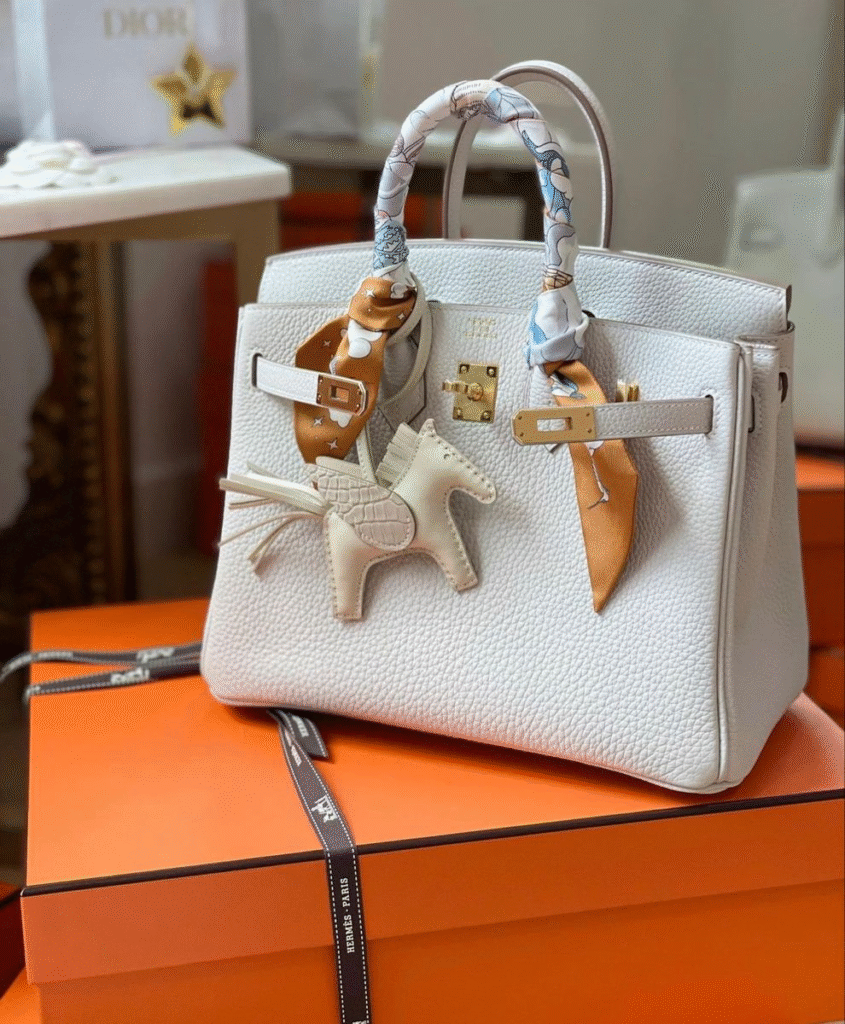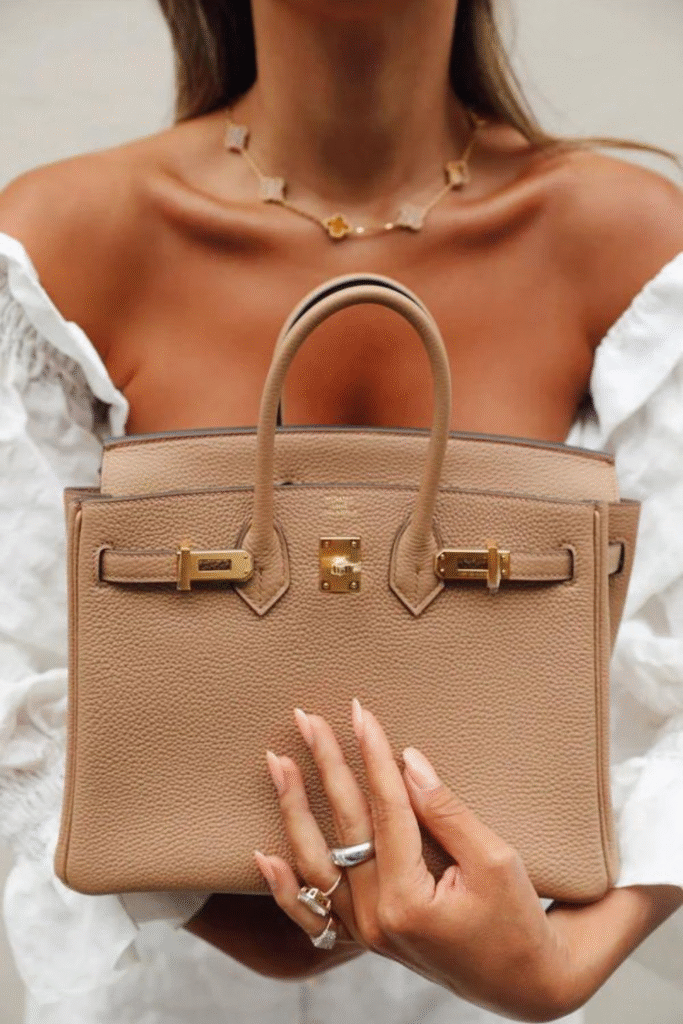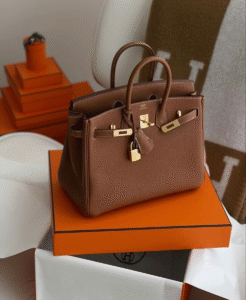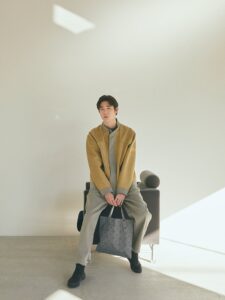The verdict on the Anti-trust lawsuit pending against Hermès is finally out!

In March 2024, a class action lawsuit was filed by Tina Cavalleri, Mark Glinoga and Mengyao Yang (the plaintiffs) alleging that Hermès was engaged in an unlawful scheme which coerced its customers into buying other Hermès products (such as scarves, jewellery or home goods) as a pre-condition to purchasing a Birkin (or Kelly) bag. The plaint also underscored that Hermès created a false narrative of scarcity of its coveted bags to maintain “exclusivity”.
The Court dismissed plaintiff’s first amended complaint, citing that the amended complaint “did not plausibly allege relevant product markets, defendant’s market power within those markets, or an injury that the anti-trust laws were intended to prevent.” Similarly, the court dismissed the second amended complaint, observing that it did not provide any new facts and deemed the plaintiff’s antitrust theories speculative.
The Plaintiffs contend that Hermès was exercising an unlawful “tying arrangement” to coerce its customers to spend more on its ancillary offerings.
A Tying Arrangement “is a device used by a seller with market power in one product market to extend its market power to a distinct product market. To accomplish this objective, the seller conditions the sale of one product (the tying product) on the buyer’s purchase of a second product (the tied product)”
Such an arrangement is generally deemed illegal on the theory that it goes against the principle of fair competition since it has the potential to exclude the other sellers of the tied product.

In order for a “tying claim” to hold good a plaintiff must prove:
- That the defendant tied together the sale of two distinctive products or services;
- That the defendant possesses enough economic power in the tying market to coerce the purchaser into purchasing the tied product; and
- That the tying arrangement affects a not insubstantial volume of commerce in the tied product
It must be noted herein that in a claim of “tying arrangement” it is the tying product which has a substantial value in proving the claim against the defendant.
The Court noted that the plaintiff’s amended complaints lacked a cognizable tying market. As per the plaintiffs, Hermès held a leading position in the “elitist luxury handbag market” with the Birkin constituting 60 to 70 per cent of the said market. However, such observations or conclusions had been based on academic papers from more than a decade ago and did not serve as proper evidence of the plaintiff’s claims. Furthermore, the court noted that a mere dominant market share alone cannot establish market power sufficient to carry out a predatory scheme. Without factual allegations showing Hermès could exclude competitors or control prices, plaintiffs could not plausibly allege market power.
The Court also noted that the complaint lacked substantial evidence or grounds to show that any harm was being caused to competition in a market for a tied product (which included a diverse variety of products ranging from jewellery, scarves, shawls, ready-to-wear clothing, footwear, watches, fragrances and other accessories to home goods such as table wear, furniture, blankets, trays etc.) or that the competition for the tied products was in any manner being illegally restrained by Hermès.
“It may be, as the plaintiffs suggest, that Hermès reserves the Birkin bag for its highest-paying customers, but that in itself is not an antitrust violation.”
According to Judge Donato, businesses are free to decide how they allocate their most coveted products, provided the same does not suppress rival sellers or eliminate consumer choice. Therefore, a luxury brand may choose to prioritise its loyal customers by curating privileged access to its most sought-after products.
Hermès is not the only brand which strictly controls the sale of its products, brands like Chanel which limits the number of boutique purchases or Ferrari which curates a list of pre-approved buyers for its prized models. Luxury thrives on maintaining exclusivity and the same cannot be linked with anti-competitive conduct merely because they have the potential to frustrate would-be customers unless a real disadvantage to competitors can be proven against them.










